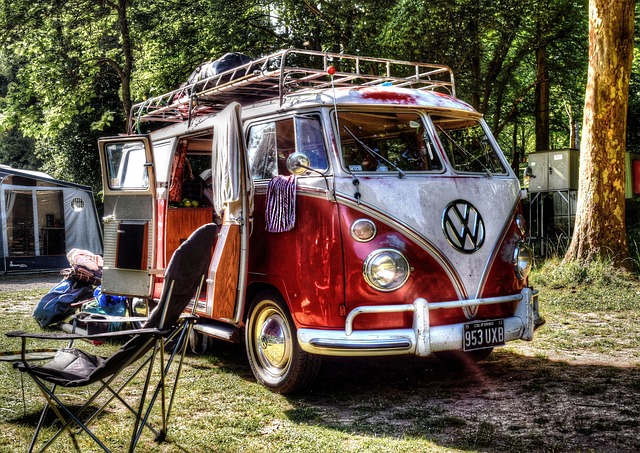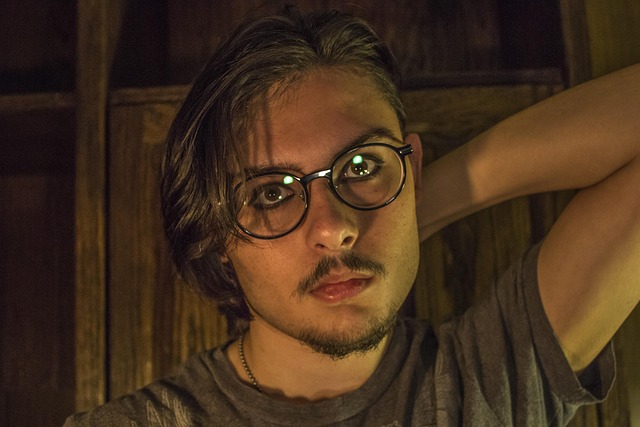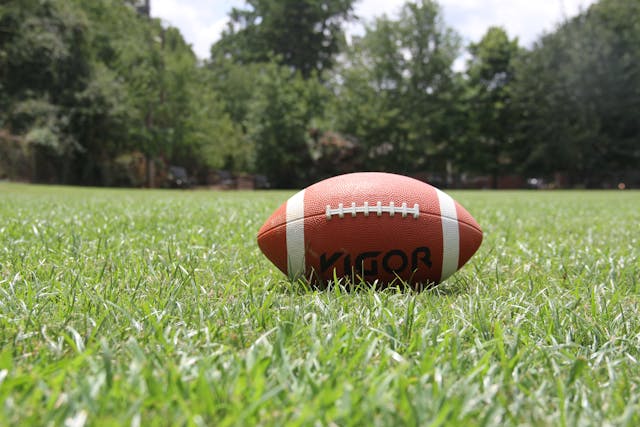
Camping means roughing it and connecting with nature at its finest, though the conditions could be too much for your beard. How can you keep your facial hair clean while appreciating the great outdoors? While it may seem complicated when away from the bathroom, here are eight tips to tidy your face on your next adventure.
1. Be Mindful of the Campground
If dirty facial hair concerns you, consider the campground’s location. Overly dry areas may have more pollen because it won’t stick to the ground or plants, so it might find your beard instead. Avoiding this contaminant may take you to wetter areas because rain temporarily mitigates it. Be mindful when camping in areas with wildfires, agricultural dust and poor air quality.
Once you decide on a destination, check the weather forecast beforehand. Tailor your care to your camping site with helpful tools. For example, outdoor adventures by the beach expose your facial hair to salt spray. Mitigate this issue with plenty of beard oil for hydration. Will your campsite be windy? You’ll need beard wax to hold everything in place.
2. Carry a Trusty Brush
A beard brush is a must-have regardless of the campground climate. Being outdoors exposes you to dirt and campfire embers, so this tool can dislodge the debris. Take a few moments throughout the day to brush your facial hair and give it a touch-up. You might not have time for a complete wash, but the bristles can make you feel cleaner.
Brushes are universal in keeping beards clean outdoors, though the type may depend on the campground. Dry climates mean you need more hydration, so boar bristles are helpful. These tools work well when soaked in water and are terrific for touching up your facial hair. They distribute oils and exfoliate under-beard skin, making them worthwhile investments.
3. Utilize Beard Wipes
Showers might not be readily accessible, especially if you’re at a primitive campsite. How can you clean your facial hair without reliable access to a bathtub and mirror? Bring a pack of beard wipes in your cargo. These moistened cloths remove sweat and grime from your face without washing, enhancing convenience and saving time.
Looking your Sunday best in the woods is tough, but these get you closer. Find a pack with essential oils and natural ingredients to soften your hair and improve your appearance. If your skin is sensitive, use warm water to remove dirt or wipes with aloe vera.
4. Try Dry Shampoo
Some campgrounds have shower facilities to accommodate the families who vacation in the peak seasons. Experts say 11 million new households camped in 2024, so your favorite sites may be more packed than you’re used to. If the bathhouses become crowded, you may have to rely on dry shampoo to get the job done.
Dry shampoo for beards typically comes in a powder or spray, so application is relatively simple. These products absorb oil and dirt without needing water and may add volume to your hair. Using it can extend the time between washes, which is handy when your water supplies are low. Prioritize cleaners without alcohol, considering their drying tendencies.
5. Watch Your Mouth
Campfire meals are one of the highlights of your trip, especially if you make them from scratch. However, the mess can lead to extra time spent cleaning instead of being with friends. For example, tortellini soup brings warmth through spices and temperature but can easily spill into your mane. Beard protection boils down to preference, so start with a strategic trim.
If you know the meal will be messy, shorten your hair to make cleaning easier. Bandanas and bibs are other excellent preventive measures, so prioritize them on the camping checklist. Once you’re done eating, use wipes or damp cloths to freshen up.
6. Protect Your Beard When Sleeping
Sleeping on the ground brings you closer to nature but can quickly dirty your beard. Protect your facial hair by sleeping inside a tent and avoiding the worst of nighttime bugs. Once ready for bed, sleep on your back to prevent crushing or tangling your mane with the pillow.
Develop a nighttime routine on the campsite by gently washing your face. Gauge your chin curtain’s dirtiness after a fun day, as it could be dirty and oily. You may need beard oil to prevent overnight dryness, especially in arid climates. Some guys use braids to contain their facial hair without too much fuss.
7. Apply Beard Sunscreen
Being outside for days or weeks means you need plenty of sunscreen. This product protects your skin from harmful ultraviolet (UV) rays and pesky sunburns. While facial hair naturally guards your cheeks and chin, you should use sunblock for extra protection. Find a beard-safe one for your camping trips regardless of the season.
Consider light sunscreen for your beard, especially when camping. Heavier sunblock can weigh you down and be overly greasy, which can be annoying. Instead, you want products that won’t clump your hair and appear uneven. Blackheads and irritated skin are hassles at campsites, so be smart with your application. Regardless of the product, experts recommend SPF 30 or higher to protect your skin from the pesky UV rays.
8. Stay Hydrated
While products and tools are helpful, your beard’s cleanliness relies on hydration. Skin and hair depend on water to remain balanced, so keep plenty of hydrating liquids on your trip. Experts say dehydration can lead to overreactive sebaceous glands, emphasizing the need for regular water intake.
Embracing sweat may seem odd, but it’s essential for keeping your facial hair clean. Hydrating your body means you can perspire more easily and flush out your beard’s dirt and debris. Carry reusable bottles throughout your trip to increase water access and stay hydrated. Men need about 15.5 cups daily, but sweat and exercise may require more.
Maintaining Beard Hygiene at the Campsite

Camping is for making memories and improving your connection with nature, not constantly cleaning your face fuzz. Be proactive and pack hygienic supplies like microfiber towels and beard oil. Primitive outings may need special attention, but it’s better to overpack than come up short. Manageable maintenance means you can spend more time with family and friends.


